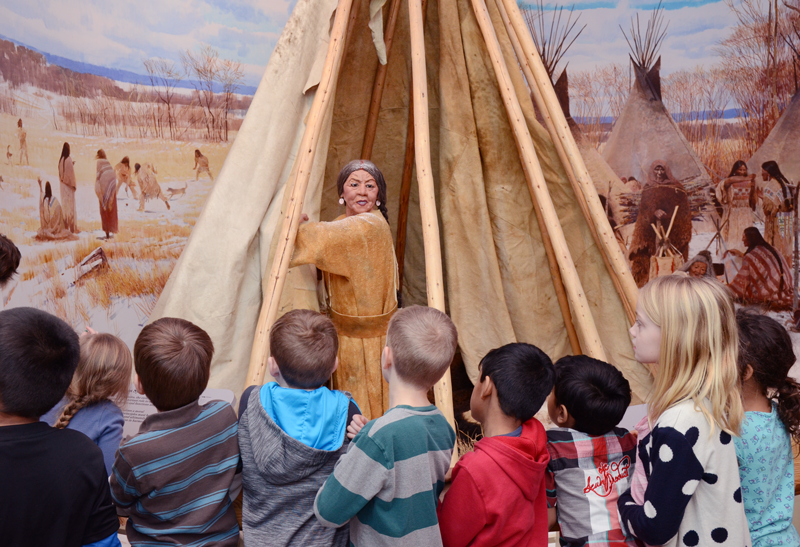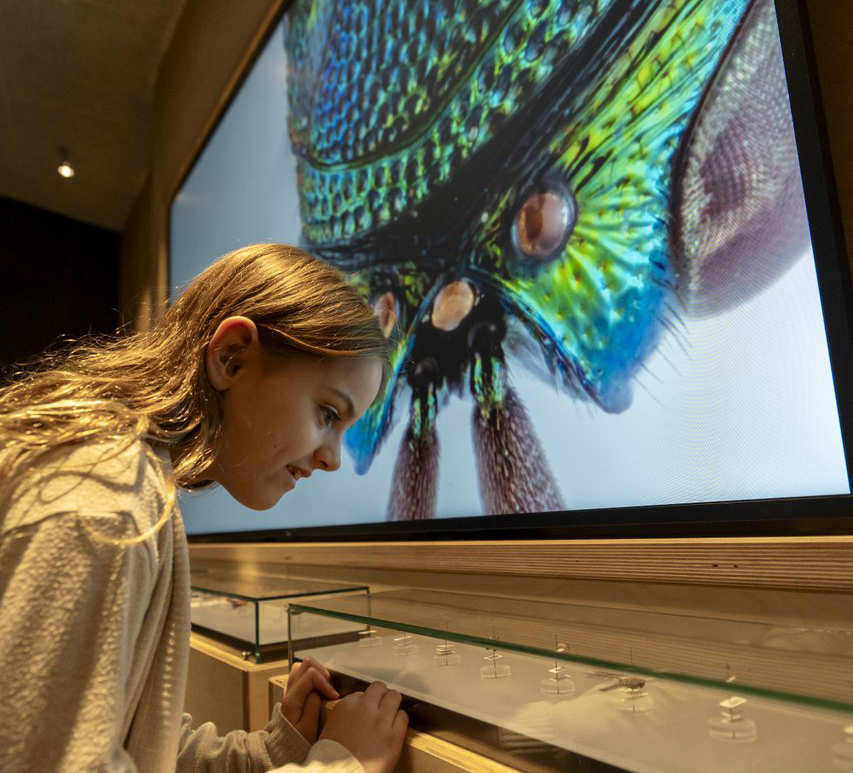
Many treaties have been negotiated throughout Turtle Island since the time of Contact. In the lands now known as Canada, numerous treaties have been signed, with the post-Confederation treaties covering some of the largest areas of the provinces and territories. In Saskatchewan, portions of Treaties 2, 4, 5, 6, 8 and 10 are found within its boundaries, all negotiated after 1867. For Regina, it sits within Treaty 4 lands, for which negotiations took place in 1874. The event was documented by the Crown’s negotiator, Lieutenant-Governor Alexander Morris, in his summary on pre and post-confederation treaties.
Morris’s account of the signing of Treaty 4 provides a summary of the daily activities of the negotiators, beginning with his travels to the site in Fort Qu’Appelle, where his entourage chose to camp and what he understood to be going on with the various Indigenous groups who were present to enter into discussions with the Crown. The Crown had its representatives and by Morris’s account, the Indigenous groups had theirs. He summarizes important parts of the dialogue, naming the speakers on both sides. They are all men.
Where were the women? They are not mentioned by Morris, nor in other works about the signing of the treaties in Saskatchewan. There are witness signatures of two women on the September 15th signing of Treaty 4 and the September 21st Adhesion, but they appear to be related to the Crown’s negotiating party. They may be Métis women. There is no mention of Indigenous women in Morris’s summary account.
The Colonial perspective does not acknowledge the place of women in these important events in Canada’s history, leaving out half of the Indigenous population. It begs the question, “What roles did women play?” From accounts of the signing of Treaty 6, it is clear that women put up the camps and participated in the discussions that took place prior to the negotiations. The Crown had no place provided for women in such business dealings at that time. The Crown decided only men could do the negotiating. However, oral history accounts passed down in Indigenous communities tell a different story about the roles of women in the negotiations. That story has not been explored fully, yet. While the Crown denied women a place at the government table, a vastly different process appears to have taken place within the Indigenous camps. Yes, the women ran the camps and cooked the feasts that took place, all part of ceremony and protocol requirements, but they also participated fully in the internal Indigenous community discussions about the future of the generations of children yet to be born. Indigenous women had and continue to have a vested interest in the future of their communities and this is well-known within them. The Indigenous world was generally gender-inclusive and did not assume superior-inferior relationships existed.
The perspective of women’s roles can be found in Indigenous oral history, and this history can help all Canadians gather a more complete Indigenous perspective of the past and present. Such work should be made part of the Truth and Reconciliation endeavours currently being undertaken. In the meantime, let's take a moment to acknowledge that women are integral in our communities.
For more information
2000 The Treaties of Canada with the Indians of Manitoba and the Northwest Territories. The Honorable Alexander Morris, P.C., first printed in 1880.
2000 Bounty and Benevolence: A History of Saskatchewan Treaties. Arthur J. Ray, Jim Miller and Frank Tough.
2000 Ahtahkakoop, Deanna Christensen.

